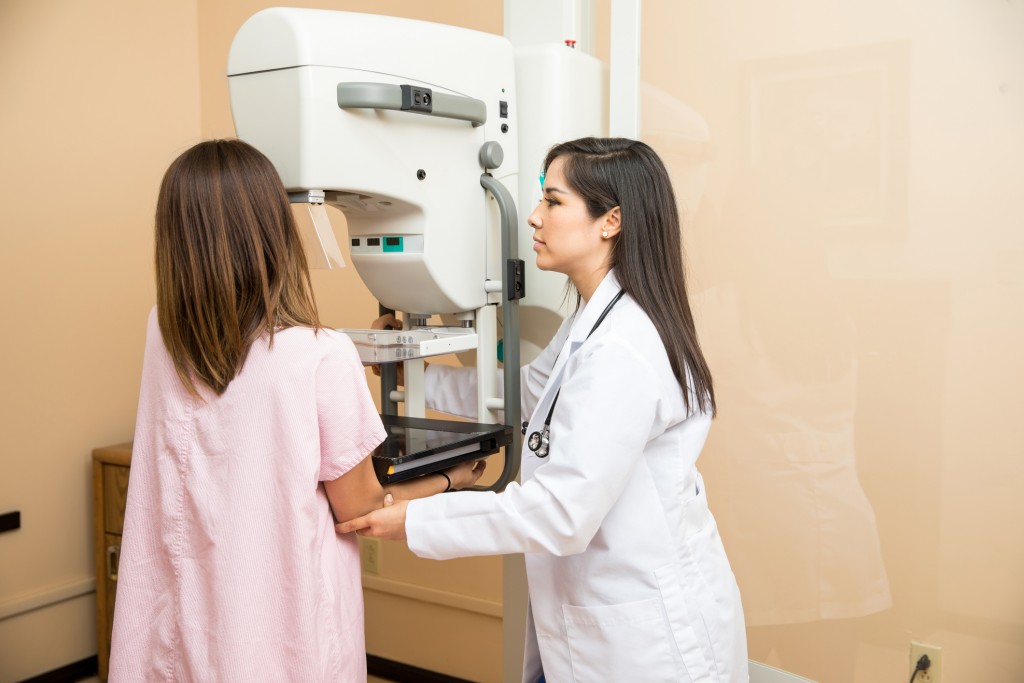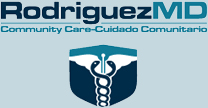Have You Scheduled Your Mammogram?
 A mammogram is the best way to detect breast cancer in its early stages. The procedure utilizes low-dose x-rays that help radiologists identify changes in breast tissue even before a lump or mass can be felt. Early detection of breast cancer makes the disease easier to treat. Breast Cancer Awareness Month each October serves as a reminder for women to talk with their doctors about scheduling a mammogram if due for one.
A mammogram is the best way to detect breast cancer in its early stages. The procedure utilizes low-dose x-rays that help radiologists identify changes in breast tissue even before a lump or mass can be felt. Early detection of breast cancer makes the disease easier to treat. Breast Cancer Awareness Month each October serves as a reminder for women to talk with their doctors about scheduling a mammogram if due for one.
A woman who does not have any breast issues or cancer symptoms will be given a screening mammogram. The procedure can pinpoint any areas of the breast that appear abnormal. Comparing the new mammogram to any previous mammograms on file allows the radiologist who reads the x-rays to see changes in the breast tissue. Changes such as calcifications, cysts, and masses will indicate a need for further testing including a diagnostic mammogram, ultrasound, or biopsy. A 3-D mammogram (breast tomosynthesis) shows advantages in detecting breast cancer in women with dense breasts. However, not all medical facilities offer 3-D imaging.
Some women may experience brief discomfort and pressure during the mammogram. A little tenderness following the procedure is normal. Over the counter pain relievers will ease the discomfort. Since many women feel breast tenderness right before their menstrual period, it is often better to schedule a mammogram for the week following their period.
The American Cancer Society makes the following recommendations regarding mammograms.
Women ages 40 to 44 – may start having an annual mammogram if they wish.
Women ages 45 to 54 – should have an annual mammogram.
Women age 55 and older – can continue with annual mammograms or may have one every two years.
Women with a family history of breast cancer should talk to their doctor about their risk for developing breast cancer. The patient and her doctor should make an informed decision regarding the appropriate timing for her screening tests.




